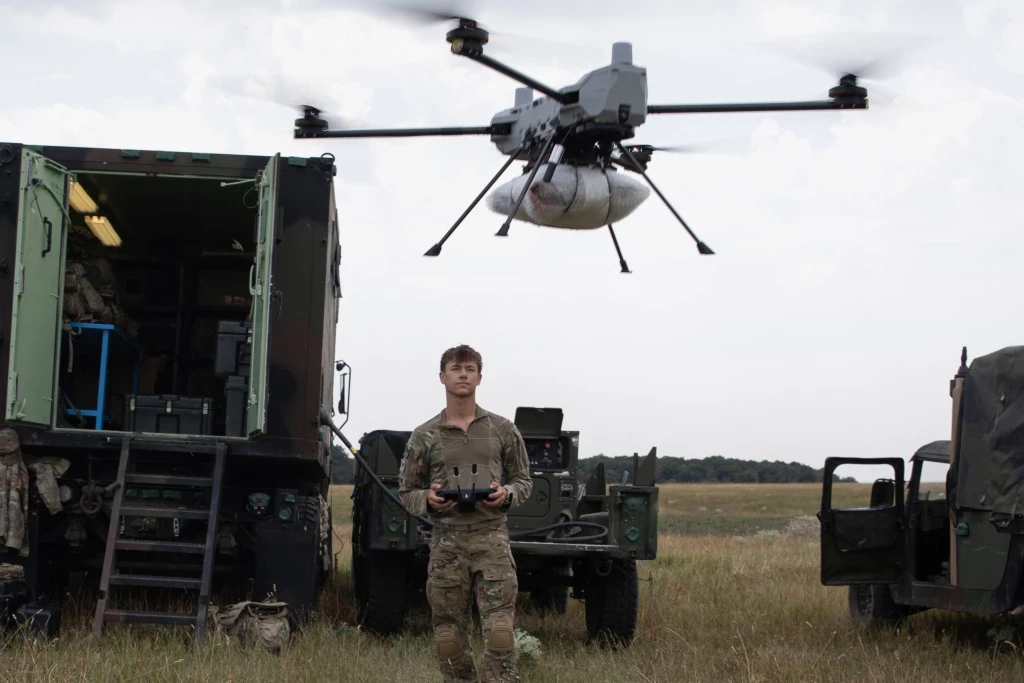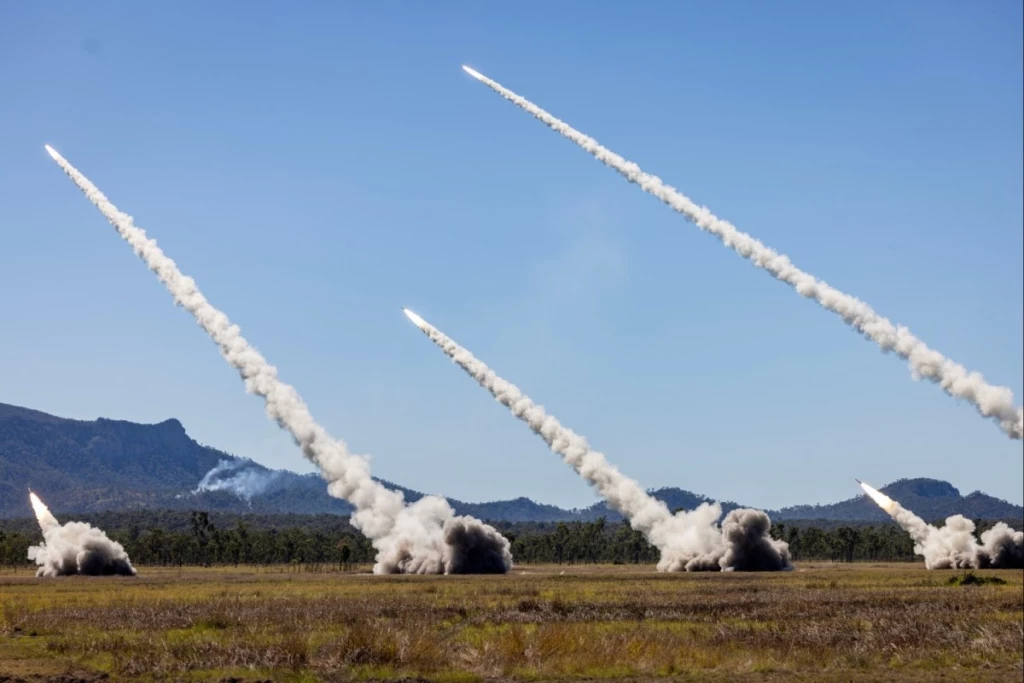Five Takeaways from the Pentagon’s Sweeping Acquisition Reform Plan
Add bookmark
The Pentagon is set to move forward with sweeping defense acquisition reforms after Secretary of War Pete Hegseth implored the defense industry to become more agile and less risk-averse in a November 7 address to defense CEOs and military program officials.
“This relates to the whole industrial base, and most importantly, to the large primes that we do business with today,” Hegseth said.
The address came days after Breaking Defense obtained a draft memo that orders sweeping changes to the way the Department of War buys weapons and platforms with an emphasis on speed. The memo, which is subject to change, plans to create more commercial competition, fewer internal review processes, and new incentives both for DoW officials and industry. The efforts to modernize acquisition reform come after DoW dismantled its decades-old Joint Capabilities Integration and Development System (JCIDS) process.
The following article will outline five key takeaways from the recent news and their impact on the future of defense acquisition.
IDGA events, such as the Future Indirect Fires Summit, provide a crucial opportunity for industry to navigate the new streamlined bureaucratic landscape by speaking face-to-face with decision makers from across the DoW. The two-day summit will return this January 27-28 in Arlington, Virginia. To view the agenda for next year’s summit, click here.
Speed is Top Priority
Both the draft memo and Hegseth’s speech to the defense industry emphasize that “speed to capability delivery” is now the decisive factor in maintaining deterrence and warfighting advantage. This positioning marks a major shift for the DoW where cost control was previously considered the top priority. The new language from the Pentagon suggests it is willing to accept trade-offs in cost and performance to accelerate fielding timelines, and bureaucratic reviews and redundant oversight layers will have to prove they add value to delivery timelines or be eliminated.
The subsequent takeaways in this piece will provide further specifics as to how the potential changes to the acquisition process will improve speed.
Program Acquisition Executives
Historically, the DoW has oriented the acquisition enterprise of weapons programs with a Program Executive Office (PEO) managing each effort. Following the draft memo, that responsibility will shift to wider Portfolio Acquisition Executives (PAE), where a single official is accountable for many interrelated programs.
Each PAE would have authority to move funds between programs based on performance and urgency, with appointments lasting at least four years and compensation tied to delivery time, competition, and mission outcomes.
The PAE model, similar to reforms already floated in the Senate’s FY2026 National Defense Authorization Act, is meant to break down fragmented accountability and shorten delivery timelines. Officials will be authorized to make pragmatic trade-offs, such as prioritizing “good enough” capabilities now over waiting for perfect solutions that arrive too late.
Commercial-First Philosophy
During his address to industry leaders this November, Secretary Hegseth said, “We’re going to make defense contracting competitive again. Those who are too comfortable with the status quo to compete are not going to be welcome.”
The Secretary's sentiment is reflected in the memo’s emphasis on “commercial first” contracting. The reforms direct officials to favor rapid acquisition methods such as Other Transaction Authorities and Commercial Solutions Openings, instead of defaulting to the more lengthy and rigid Federal Acquisition Regulation.
This shift aims to make it easier for commercial and dual-use companies, particularly the growing wave of venture-backed defense tech startups, to compete alongside traditional defense primes. The memo also calls for the creation of an Economic Defense Unit to help deploy capital through grants, loans, and investment partnerships, further blurring the lines between government procurement and private-sector innovation.
Workforce Transformation
DoW leadership are not just looking to change acquisition policy--memos like this, and Secretary Hegseth’s speech both suggest a strong desire to overhaul the mindset of the existing acquisition workforce. For example, the Defense Acquisition University will be transformed into the “Warfighting Acquisition University,” emphasizing decision-making, adaptability, and industry exchange over compliance-based training.
Hegseth’s message also carries weight for industry members who are being told to move fast, take smart risks, and embrace change. The traditional defense primes resistant to this shift may “fade away,” while those aligned with the new pace of competition will thrive.
Industry Incentives
In order to incentivize speed and penalize poor performance within the defense industry, the pentagon plans to implement time-indexed incentives into contracts. These incentives mean companies will be rewarded for delivering products ahead of schedule but will also face proportional penalties for delays. Furthermore, the reform aims to use deal structures, drawing on successful models from sectors like mining and shipbuilding, to generate "investable demand signals" and unlock private capital for defense technology firms through mechanisms like advance market commitments and risk-sharing.
This shift could require defense companies to invest their own capital to achieve the necessary speed and scale, with a clear warning that slowing down risks losing out on Pentagon contracts.
In summary, the recent news out of the Pentagon marks one of the most consequential shifts in U.S. defense procurement in decades. The future of defense acquisition will be faster, flatter, and more commercially integrated, favoring leaders and companies that can innovate at the speed of relevance.
Learn More About Armored Vehicle USA

Armored Vehicles USA 2026 returns to Detroit, Michigan on June 23–24, uniting over 400 senior military leaders, acquisition professionals, and industry experts for two days of strategic briefings, technical discussions, and solution-oriented collaboration.
Learn More

























